What is Accessibility in Higher Education?
Accessibility in higher education ensures that any student can access digital content and information regardless of ability or disability. Accessible course content plays a huge role in Universal Design, as it removes barriers for every student. Even so, students with disabilities are the primary audience, as inaccessible course content can be a major obstacle in the learning process.
The Media Accessibility Project strives to provide the latest information and guidelines for faculty and staff to stay up to date on accessibility throughout CUNY.
Who is Responsible for Accessibility?
Creating accessible content is the responsibility of all who create or publish digital content. Faculty, staff, content creators, designers, and developers all share a role in accessibility. Efforts should be made to keep accessibility in mind at the start of creating documents.
Laws Regarding Accessibility
Document Accessibility
Documents using color in the wrong way will not be communicated to a person who is color blind, and color used to convey important information cannot be discerned by the visually impaired. A document lacking sufficient structure or contrast will be difficult to navigate and read by those with specific learning disabilities such as Dyslexia. Students who are blind or who have extreme low vision may use screen readers to read and navigate a document. Documents need to be structured to help a screen reader and end users understand and navigate content that they may not be able to recognize on their own.
Audio/Video Content
Video captions not only benefit those who are deaf or hard of hearing, but learning disabled students, ESL learners, those who are in a quiet public environment and don’t have access to headphones (such as a library), and students in general. Also, video captioning improves comprehension and retention of information for all types of students.
CUNY Assistive Technology Services provides an unlimited license for a captioning software called MovieCaptioner available to CUNY faculty and staff.
Web Accessibility
There are a few extra steps to take in order to make a website accessible, however most web designers don’t necessarily have accessibility in mind when creating apps and webpages. Given how vital the Internet has become to daily life, making your website accessible to all users is an increasingly important task to accomplish.
